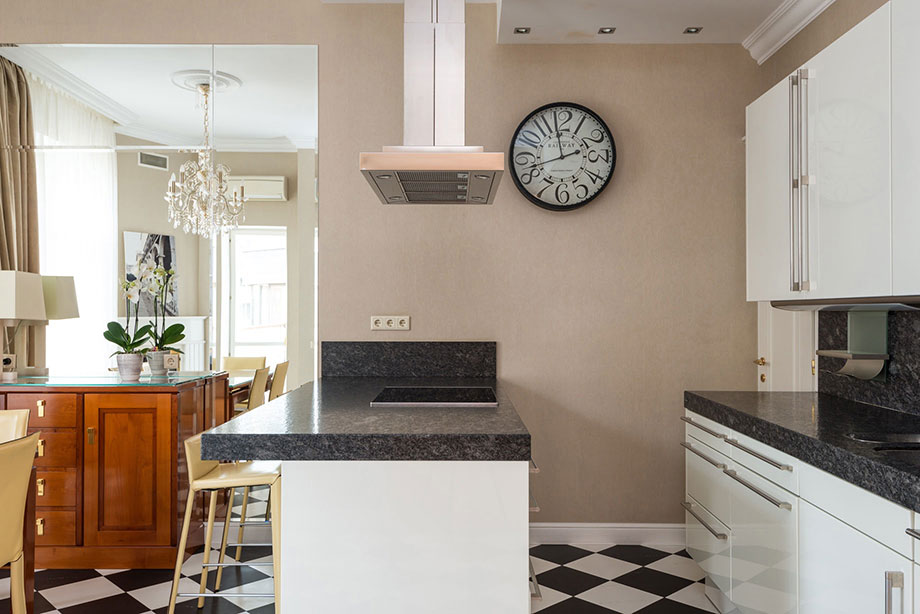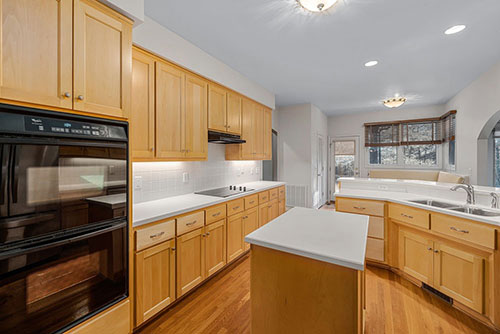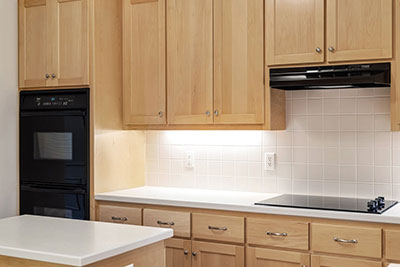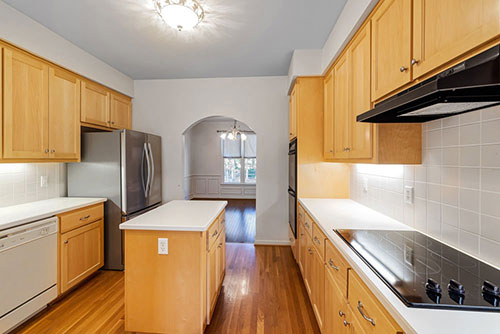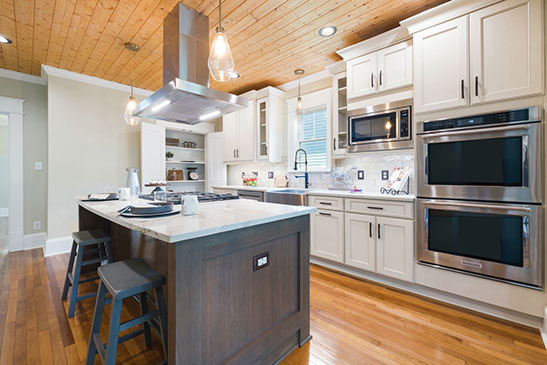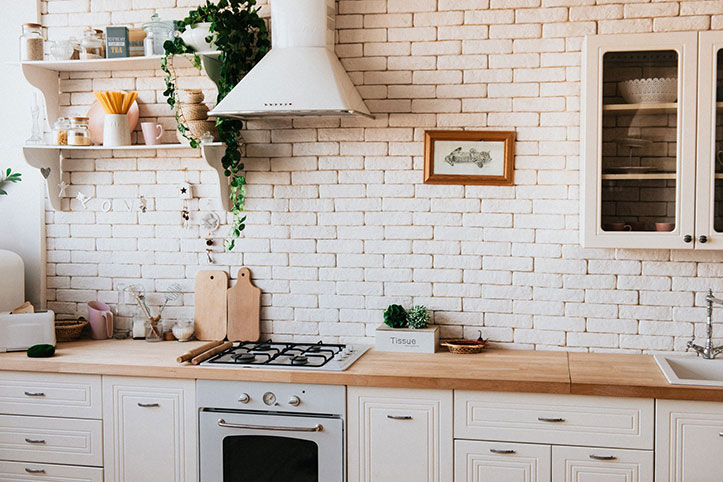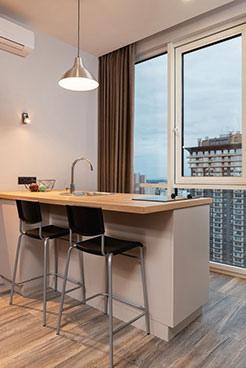
Wooden Kitchen Islands
A wooden kitchen island is a free-standing furniture piece designed to add extra workspace, storage, and seating to a kitchen. It typically features a wooden countertop and a base made of wood, which can be designed in a variety of styles to fit any kitchen decor. Wooden kitchen islands are a popular choice for homeowners who want to add functionality and style to their kitchen space.
Wooden kitchen islands come in a variety of sizes, shapes, and styles to suit different kitchen layouts and preferences. They can be customized to match any kitchen decor, from rustic and traditional to modern and contemporary. Additionally, wooden kitchen islands are versatile and can be used for a variety of purposes, such as a food prep area, a dining space, or even as a makeshift office or study area.
Overall, a wooden kitchen island can be a practical and stylish addition to any kitchen space. It can provide extra workspace, storage, and seating while also enhancing the aesthetic appeal of the kitchen.
